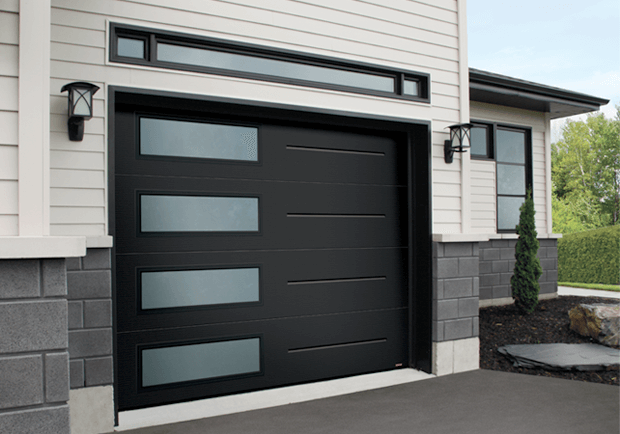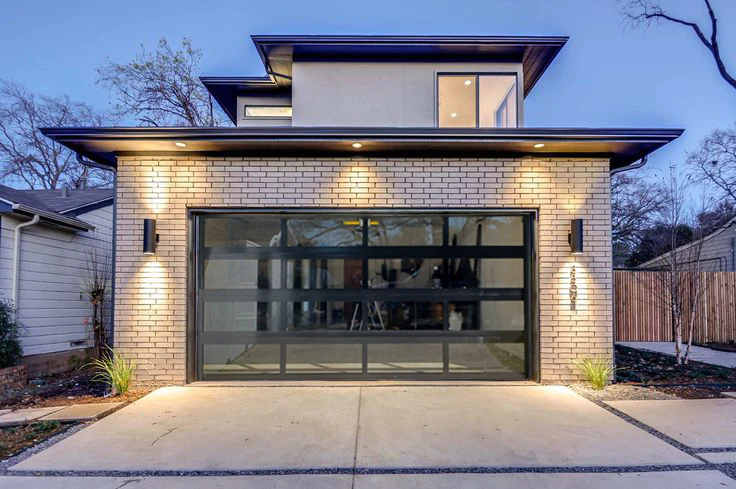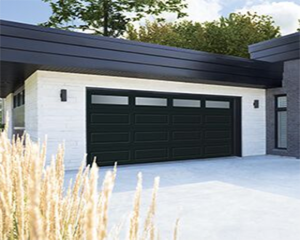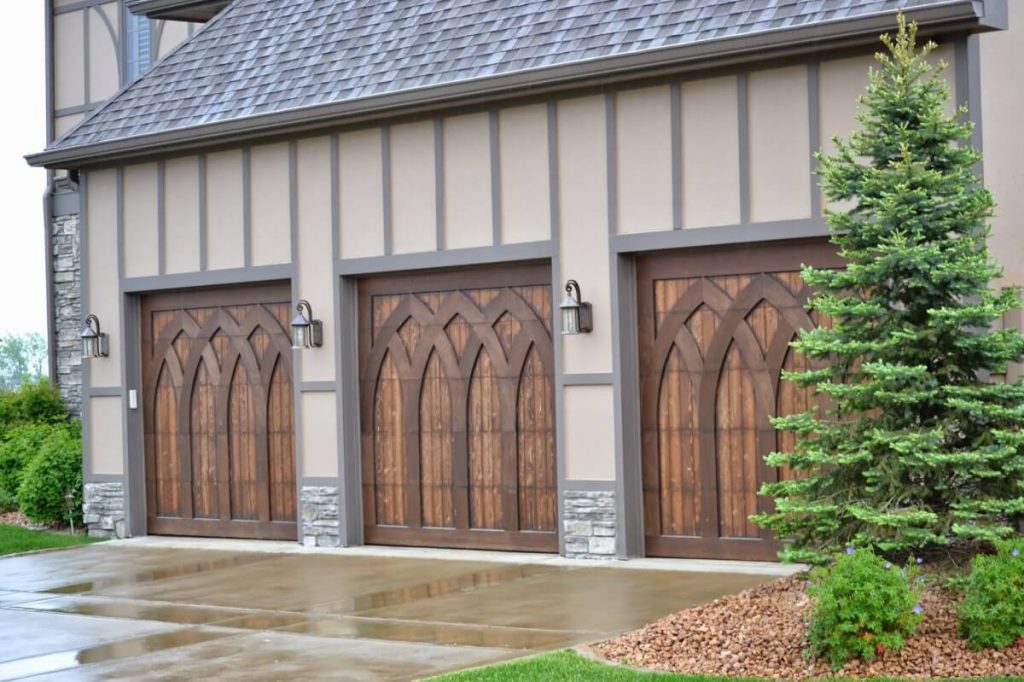New Garage Door: Average Cost and Questions For Your New Garage Door

Understanding the Average Cost of Installing a New Garage Door Understanding the average cost of installing a new garage door is essential for homeowners looking to upgrade their property. The pricing for a new garage door installation can vary depending on several factors, such as the type of door, materials used, and additional features. When […]
When Should You Replace Your Garage Door Motor?
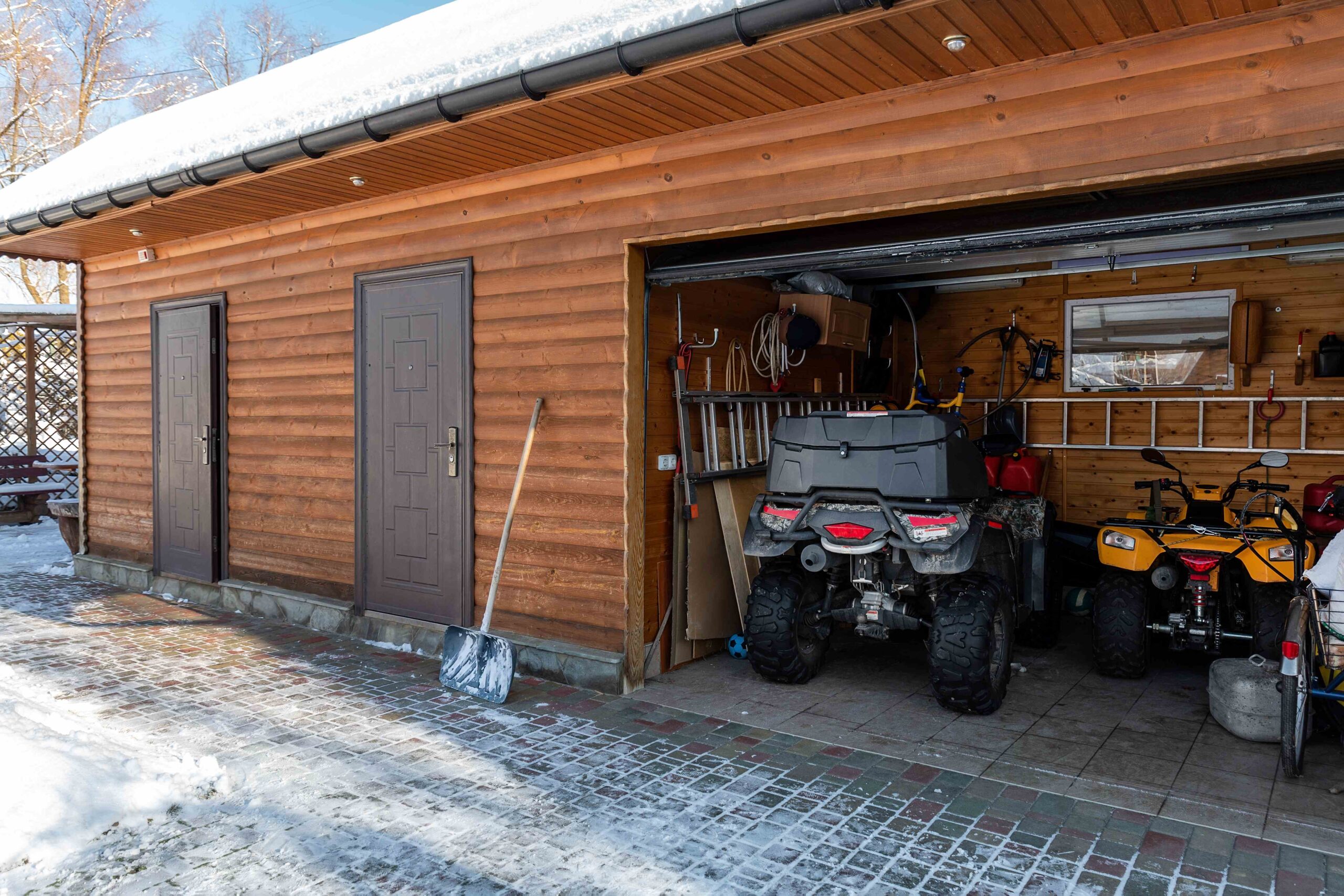
When Should You Replace Your Garage Door Motor? When Should You Replace Your Garage Door Motor? The garage motor is an important part as it controls the carriage and will open or close the door each time you push the remote button or enter your code on the keypad. If everything is working properly, the […]
Garage Door Troubleshooting: Repair or Replace?
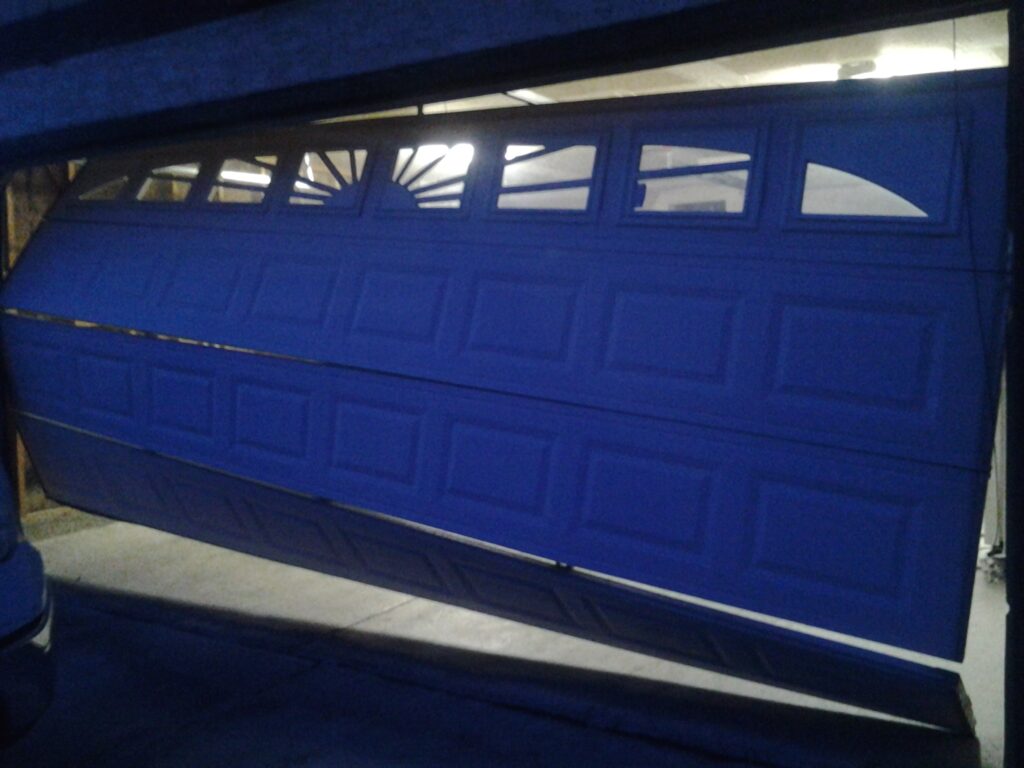
If your garage door shows signs of wear, you may wonder whether it’s time to replace or repair it. Here’s a practical guide to help you make the right decision. When to Replace Your Garage Door Consider replacing your garage door if you notice any of the following signs: Weather Damage: Constant exposure to harsh […]
Identifying the Common Reasons Behind Garage Door Malfunctions
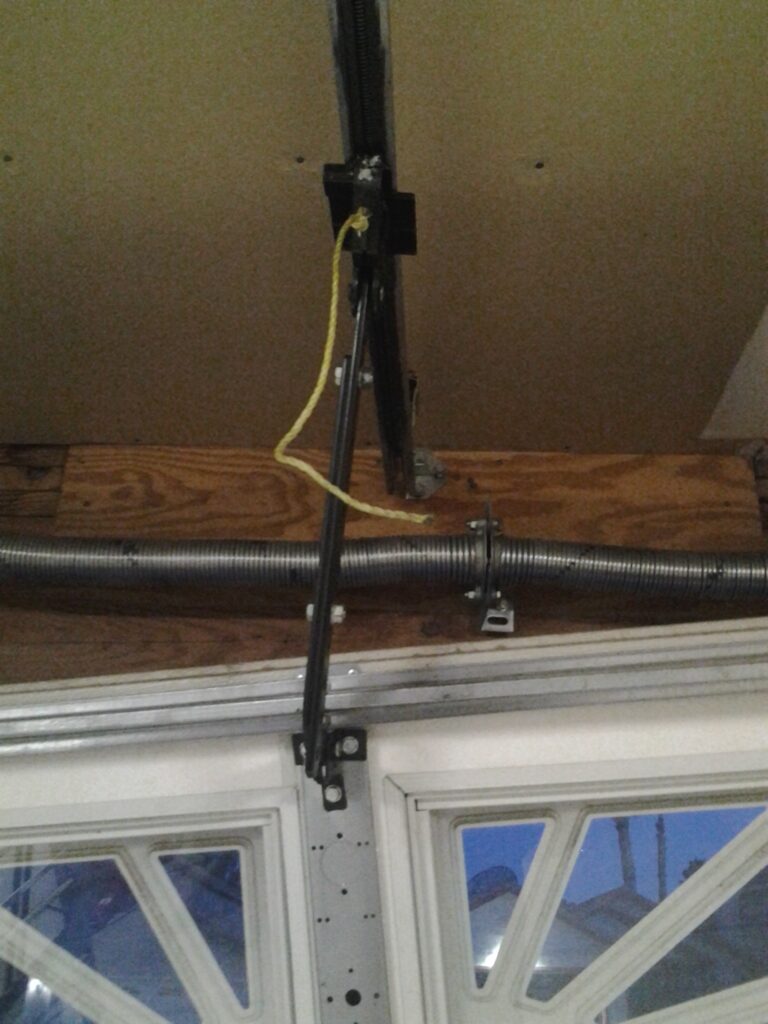
Garage doors are one of the most utilized entryways in a residential home, making them vulnerable to everyday wear and tear. Due to this, functional problems are likely to occur, particularly during the summer season when power outages are frequent. In Nevada, homeowners often experience these types of issues. Below are the most common reasons […]
Determining Whether to Repair or Replace Your Garage Door
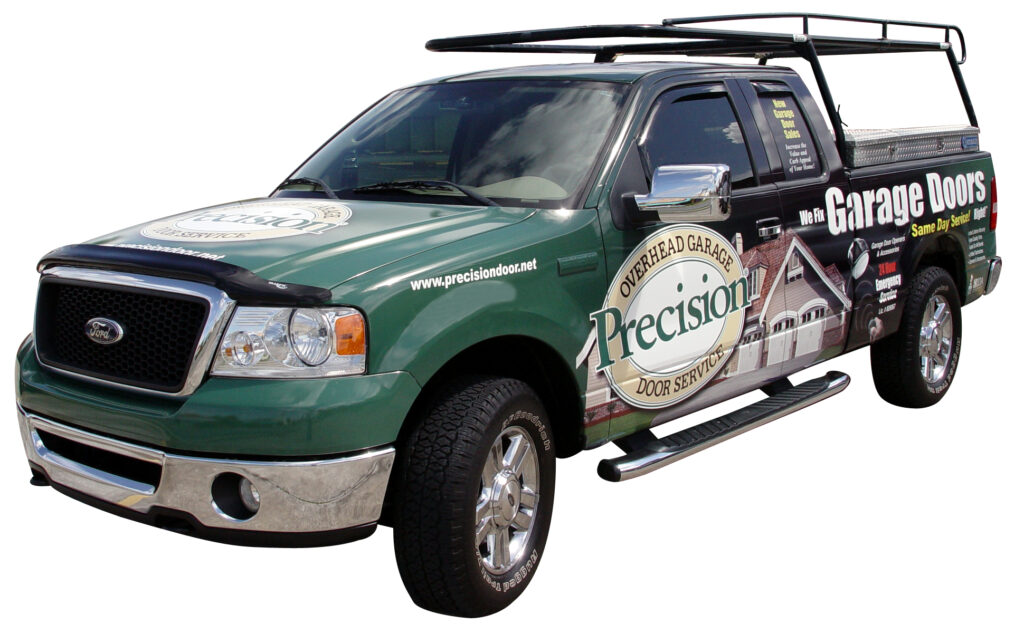
Are you considering whether to repair or replace your garage door? It’s not always easy to decide, but several factors help you make the right choice. Here is a helpful guide to determine whether repair or replacement is the best option. When to Replace a Garage Door Typically, garage doors can last for several decades, […]
What to Do If You Accidentally Back Into Your Garage Door
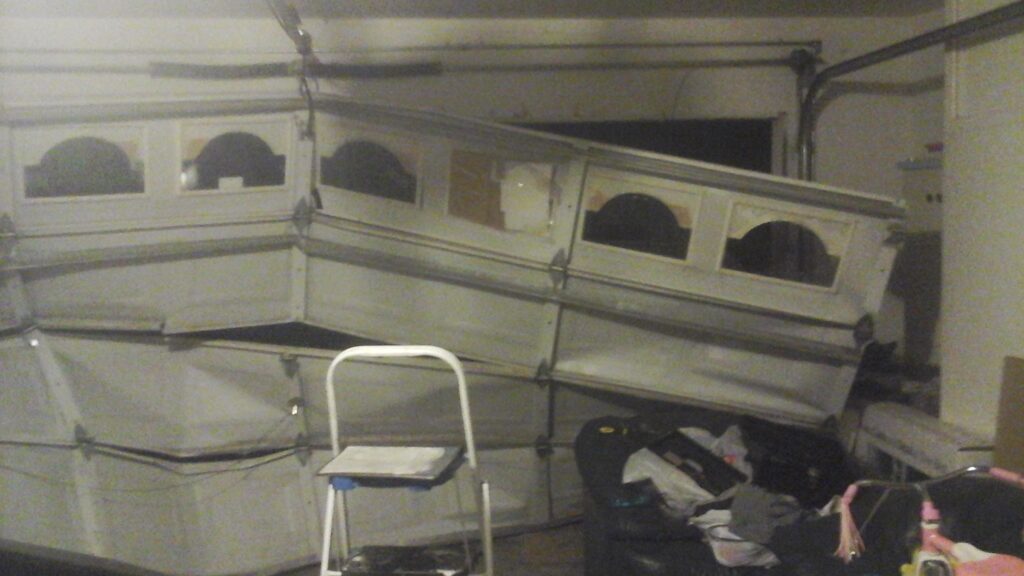
Backing into a garage door can be frustrating and unexpected, but knowing how to react in such a situation is essential to prevent further damage and ensure everyone’s safety. Fortunately, you can follow several simple steps to address the accident and minimize its impact. Follow these steps to quickly resolve the issue and get your […]
Choosing the Perfect Garage Door for Your Home
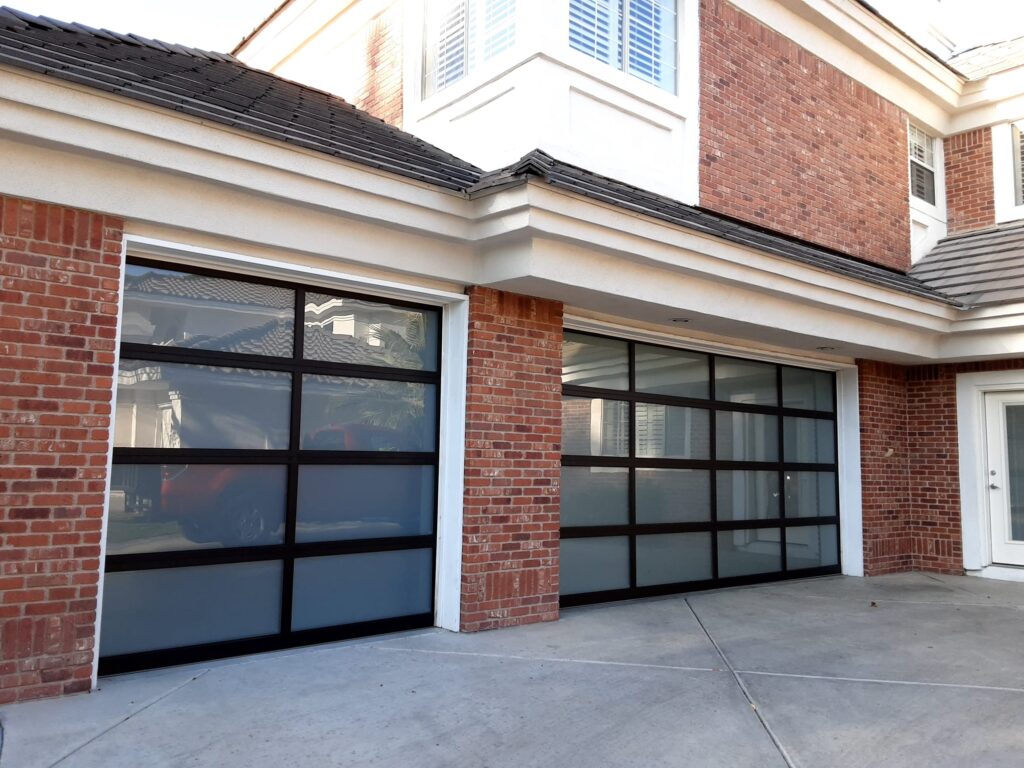
Choosing the right garage door for your home is critical as it constitutes a significant portion of your property and is often the first thing visitors see. It can be daunting considering several factors, from budget to climate. This guide provides a step-by-step approach to selecting the right garage door for your home. How to […]
Getting Your Garage Summer-Ready
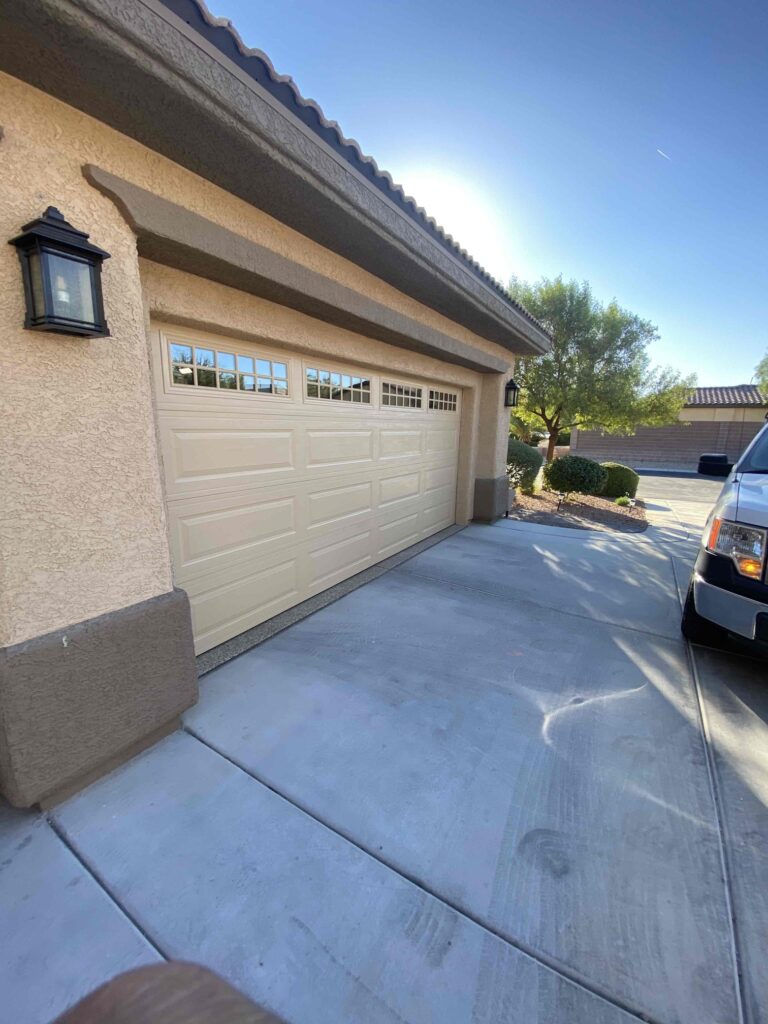
Preparing your garage door for the upcoming season is essential as summer approaches and the winter months become a distant memory. Although garage doors are designed to last between 15 and 20 years, regular maintenance is necessary to avoid any future issues. Las Vegas’s summer heat can make garages uncomfortably hot and hazardous to combustible […]
How to Avoid Garage Door Break-Ins
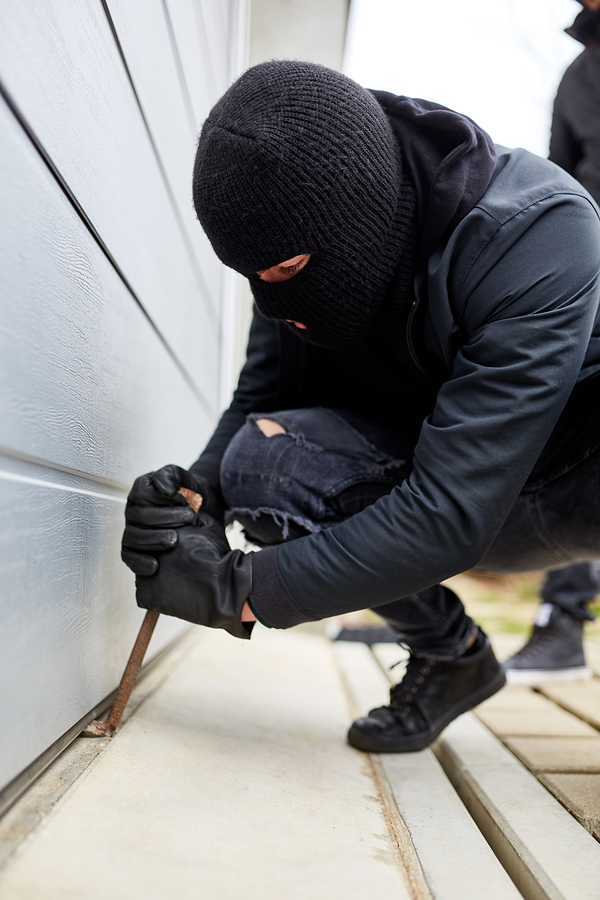
There is no time like the present to make your home more protected. These are uncertain times. Beyond taking care of your health and the health of your loved ones, making sure your home is safe and secure is definitely at the top of the priority list. It never hurts to take extra precautions. The […]
Best Chamberlain Garage Door Openers for Your Home
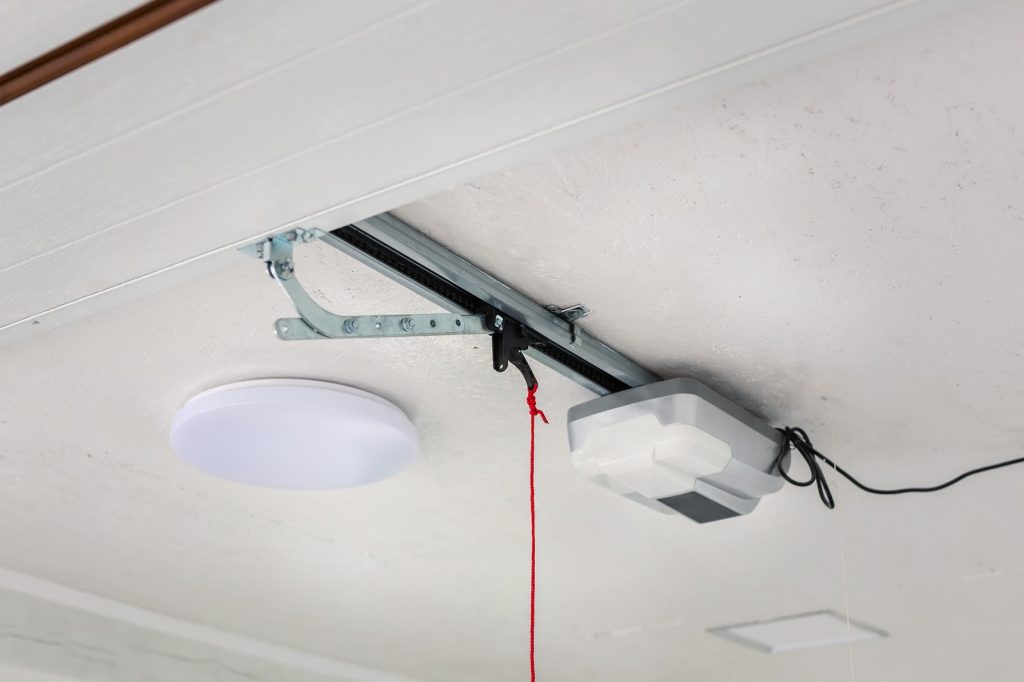
Automatic garage door openers make life much simpler. Let’s not kid ourselves, having to pull into your driveway and physically lift a heavy garage door is just a hassle. Not only is it tough on your back and time consuming, but if the weather isn’t being agreeable, you can find yourself stuck in a downpour […]


